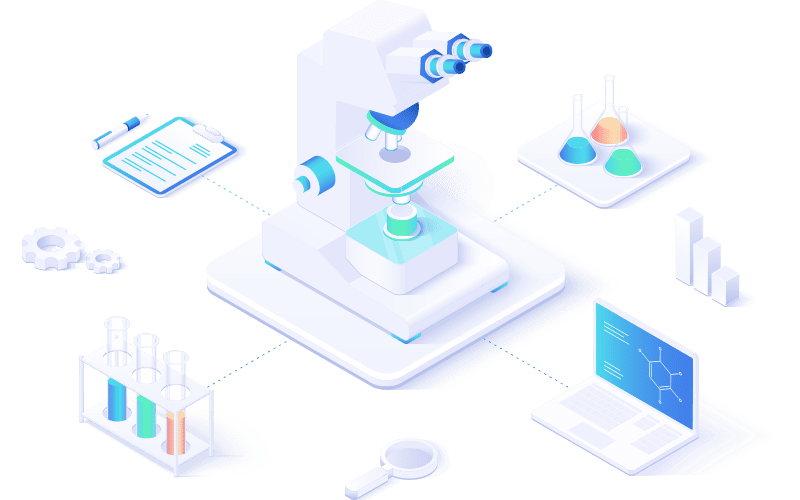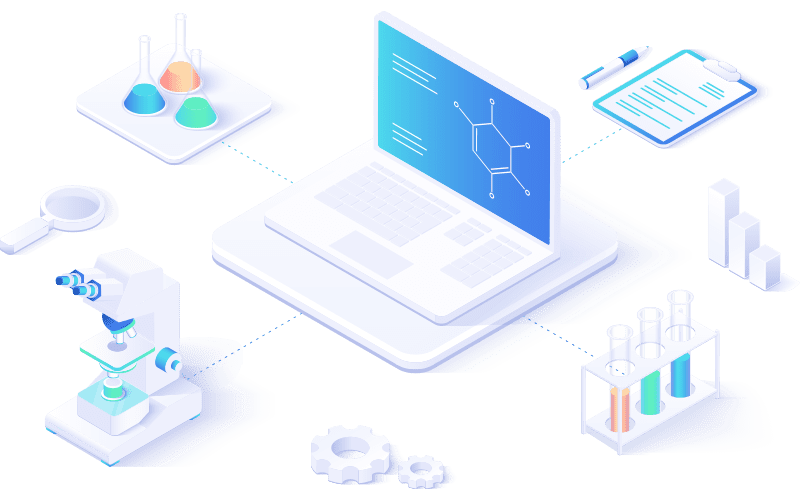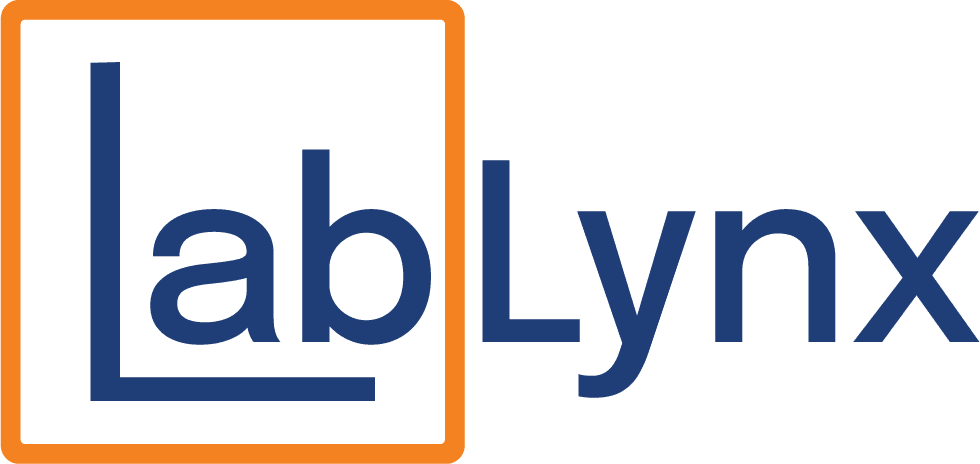
Bees are more than buzzing pollinators—they’re the backbone of global agriculture and ecosystem health. In response to rising threats like colony collapse disorder, pesticides, and climate change, bee research laboratories have become critical players in the fight to protect bee populations worldwide. These specialized labs combine fieldwork, microbiology, genomics, toxicology, and environmental analysis to better understand—and ultimately safeguard—these vital pollinators.
What Are Bee Research Laboratories?
Bee research laboratories are dedicated facilities focused on the health, behavior, and environmental role of honeybees and native pollinators. Operated by universities, government agencies, or independent researchers, these labs investigate bee biology, disease, nutrition, breeding, and threats from environmental stressors. Their findings inform agricultural policies, beekeeping practices, conservation strategies, and public health.
Why Bee Research Matters
Bees pollinate over 75% of the fruits, vegetables, and nuts we eat. The global food supply—and natural ecosystems—depend on their survival. Bee research labs help:
- Track population decline and understand its causes
- Study the impacts of pesticides and pollutants
- Develop treatments for bee diseases and parasites
- Support sustainable beekeeping and pollination practices
- Inform legislation and conservation efforts
What Do Bee Research Laboratories Test?
1. Pathogen and Parasite Analysis
Labs test for viruses, fungi, bacteria, and parasites such as Varroa destructor and Nosema ceranae. Using qPCR, ELISA, and microscopy, researchers identify infections that impact colony health and survival rates.
2. Pesticide Residue Testing
Bee labs analyze nectar, pollen, wax, and bee tissue samples to measure pesticide exposure. Techniques like gas chromatography and mass spectrometry help quantify toxic residues and determine sub-lethal effects.
3. Genetic and Genomic Research
By sequencing bee DNA and RNA, researchers study gene expression, breeding traits, resistance to diseases, and colony behavior. These insights support selective breeding and preservation of native species.
4. Nutritional Analysis
Labs examine pollen quality, nectar availability, and bee diet diversity to understand how nutrition affects immune function and productivity. This research is crucial in habitat restoration and supplementation strategies.
5. Environmental Monitoring
Bee research labs also act as sentinels of environmental health. By tracking toxins in bee foraging areas and hive materials, they help assess broader ecological risks—including those posed to human populations.
Case Study: Bee Informed Partnership (BIP)
One of the leading efforts in bee research, BIP is a collaborative project involving research institutions and commercial beekeepers. Their labs collect data on colony health, pesticide levels, and management practices across the U.S. Their work has led to national reports on bee loss trends and best practices for commercial pollination services.
The Role of LIMS in Bee Research Laboratories
With thousands of samples, field variables, and collaborative partners, bee research labs rely on Laboratory Information Management Systems (LIMS) to stay organized and efficient. A LIMS helps labs:
- Track hive samples from collection to analysis
- Store genomic, toxicology, and pathology data securely
- Generate custom reports and publish findings
- Automate quality control and SOP adherence
- Enable collaboration across institutions and geographies
Why Bee Labs Trust the LabLynx LIMS Suite
The LabLynx LIMS Suite is built to support specialized, multi-disciplinary labs like those studying bees and pollinators. With configurable modules, field data capture tools, and cloud-based access, our platform makes it easy to manage complex workflows and multi-source datasets—from apiary visits to advanced molecular analysis.
Schedule a demo to explore how LabLynx can help your bee research lab streamline operations, collaborate effectively, and protect pollinators through science.
Conclusion: Protecting Bees Starts in the Lab
Bee research laboratories are on the front lines of one of the most important environmental challenges of our time. Through scientific investigation, data sharing, and collaboration, these labs help uncover the causes of bee decline and pioneer solutions to reverse it. With the right tools—like a powerful, flexible LIMS—labs can accelerate discoveries that support pollinator health, agricultural security, and planetary resilience.
Accelerate Your Lab's Success & Experience LabLynx
"*" indicates required fields
Explore the LabLynx Suites

LIMS Suite
Seamless Sample and Workflow Management
The LabLynx LIMS Suite empowers laboratories with the tools needed to manage samples, workflows, compliance, and more in one centralized system. It’s the backbone for labs seeking efficient, reliable, and scalable management solutions.

ELN Suite
The LabLynx ELN Suite offers a modern approach to managing lab data and experiments. With its secure, intuitive platform, your team can record, store, and collaborate effortlessly, supporting innovation every step of the way.

Lab Automation
Automate for Efficiency and Growth
Streamline operations and boost productivity with the LabLynx Lab Automation Suite. Designed for labs ready to embrace advanced automation, this suite integrates systems, instruments, and workflows to deliver efficiency at scale.
